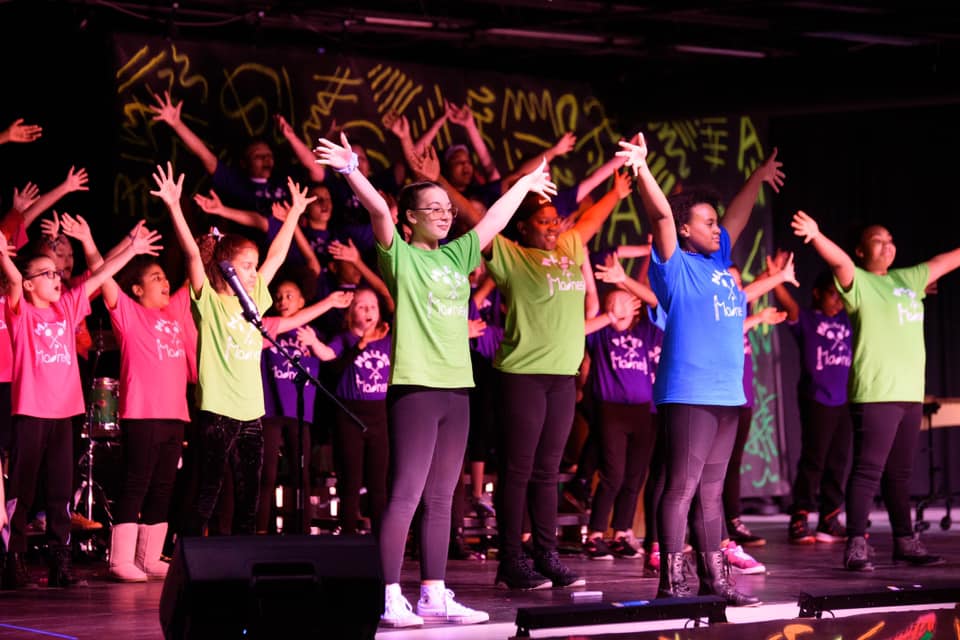By Hana Chandoul, Strategic Communications Specialist
Charter schools are an important part of our education system, aiming to provide a range of options for parents to choose the school that best fits their child. There are many misconceptions about the reality of charter schools, let’s debunk a few of them:
Myth: Charter schools are private schools.
Reality: Contrary to popular belief, charter schools are public nonprofit, nonsectarian schools. They operate independently of any school district but are under a contract with an authorized sponsoring entity that is established by statute or approved by the Ohio Department of Education and Workforce. Charter schools are public schools of choice and are state and federally funded. On average, charter schools are funded at about 25% less than their district school counterparts (NAPCS). These schools offer open enrollment, are free for all to attend, and are held to the same academic standards as public schools.
Myth: Charter schools underperform compared to public schools.
Reality: The 2023 U.S. News Best High Schools rankings assessed nearly 18,000 public high schools on aspects such as student performance, college readiness, and graduation rates. Of the top 100 public high schools listed, 21 were charter schools. Considering that charter schools serve less than 7% of high school students but make up more than 20% of the nation’s top high schools, this is a significant testament to the commitment and success of charter educators and students. For BCHF school performance, see our 2022-2023 Sponsor Annual Report.
Myth: There is no difference in the way students learn in a charter school versus a traditional public school.
Reality: Charter schools were founded on the idea of innovation to foster new ways for students to learn. Every charter school focuses on core subjects, but each school is unique. While some are STEM-focused, others may cater towards the arts or career prep. This diversity in educational options allows a more customized approach to education and better serves the diverse needs of students.
Example: The Richland School of Academic Arts in Mansfield, Ohio blends academic core curriculum with meaningful integration of the visual and performing arts. Arts are prevalent in all academic areas. For example:
- “Graffiti desks” and walls are used to illustrate math problems.
- Each student at the school is engaged in artistic self-expression, such as singing, dancing, or instrument playing.
- For middle school students, flipped learning is used in the classroom. (See Making Learning Come Alive)

Myth: Charter schools lack accountability.
Reality: Public charter schools are held accountable for following the same state and federal laws and regulations, including state testing, financial audits and overall academic standards, as traditional public schools. The National Association of Charter School Authorizers and state charter school authorizers play a key role in holding charter schools accountable for their performance. Ohio has the toughest closure laws in the country while traditional districts are not subject to closure for poor performance.
—-
Buckeye Community Hope Foundation is focused on the authorization of high-quality charter schools. We strive to provide access to high-quality public-school choice in underserved communities in Ohio and encourage diverse and innovative education programs for all types of students.
